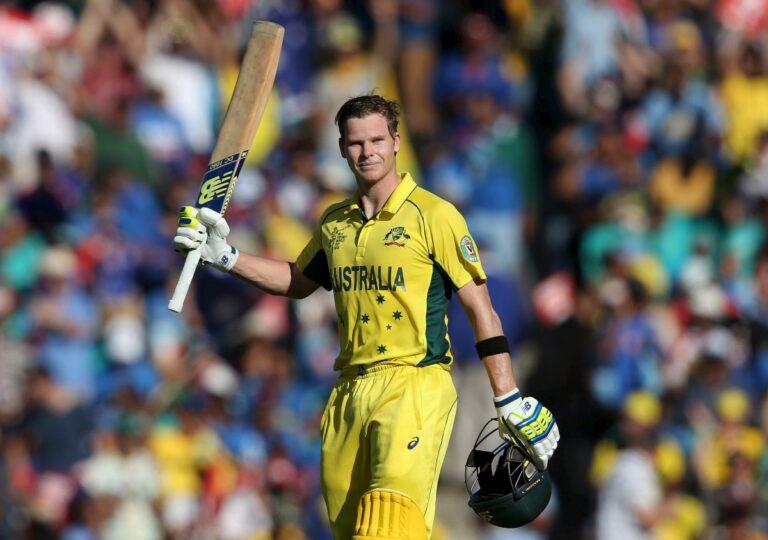Delhi mein ek dil dahla dene wali ghatna saamne aayi hai, jahan ek IFS adhikari ne building se koodkar apni jaan de di. Shuruaati jaanch mein mansik tanav aur niji karanon ki baatein saamne aa rahi hain.
Ghatna Ka Pura Vivaran
Ye ghatna Delhi ke ek posh ilaake mein hui, jahan IFS adhikari ne ek oonchi building se chhalang laga kar apni jaan de di. Mauke par pahunchi police ne shav ko kabze mein lekar postmortem ke liye bhej diya hai.
Jaanch Mein Kya Aaya Samne?
Prarambhik jaanch mein yeh saamne aaya hai ki adhikari lambe samay se depression mein the. Unke paas se koi suicide note nahi mila hai, lekin parivaar aur kareebi sahyogiyon se puchtaach jari hai.
Kya Keh Rahi Hai Police?
Police ka kehna hai ki khudkhushi ke peeche ki asli wajah jaanne ke liye jaanch ki ja rahi hai. Unke phone aur anya dastavezon ki bhi jaanch ho rahi hai.
Yeh ghatna sarkaari adhikariyon ke beech mansik swasthya ko lekar ek gambhir sawaal khada karti hai.









